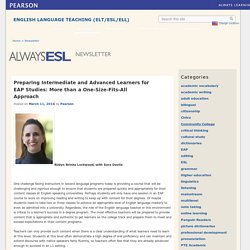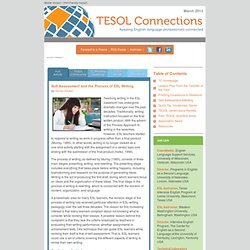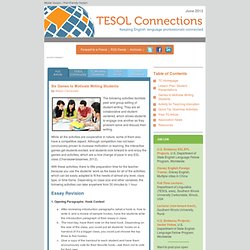

Three Awesome Educational Games Hiding in Plain Sight. By Tanner Higgin, Graphite When I was in school, game-based learning was a novelty.

This was the era of Math Blaster! , Lemonade Stand and Oregon Trail, when game-based learning meant digitized practice problems or clunky, paper-thin simulations. Still, my classmates and I liked these games. For many of us, this was the only exposure we got to video games outside of arcades. But when my family got a computer, something changed. Game-based learning, and the developers who identify with it today, have come a long way since then and gotten much closer to closing the gap. Here are just a few favorites that reviewed well on Graphite this year: Elegy for a Dead World Writing can feel like a chore in school when it’s only ever going to be read by a teacher and maybe a classmate.
Never Alone There’s little debate that games have not represented indigenous cultures well. Valiant Hearts My intention here isn’t to argue that games have learning value. Reading Worksheets, Spelling, Grammar, Comprehension, Lesson Plans - Free K-12 Educational Materials for Teachers and Students. ESL Plans. EFLWeb (English as a Foreign Language Magazine).

EFLWeb is an on-line magazine for those teaching and learning English as a Foreign Language. Includes articles, Web resources, information on books and software, product reviews, events and conferences and more. ELT Newsletter. Teachers of ESL and EFL can read weekly articles on topics of interest, gather teaching tips from the weekly articles, discuss their thoughts on anything to do with English Language Teaching in the ELT Forum, find links to other sites of interest to English teachers (and learners) and submit articles to for publication here in their weekly column.
English as a Second Language. English Forum. English Grammar Links for ESL Students. English Grammar Online. EnglishLearner.Com. English Programs Around the World. English Second Language Resources. English Teacher's Assistant. ESL Emporium A Public Service for Learners of English. ESL Hub. Icebreakers. Pearson – Always ESL Newsletter. Professor John CaineSUNY, Suffolk Community College How can we teach students to begin mastering the art of pronunciation autonomously?

There is a very helpful tool that can be utilized in classrooms, one we may not be familiar with or may not have thought of using: the International Phonetic Alphabet (IPA). This resource is especially useful when helping students with consonants. Here is what the IPA gives us to help us distinguish consonant sound formation. At first look you may ask, as I did, what does all this mean and how can this help me?
(Wondering what pulmonic means? Most languages have only pulmonic consonants. March 2013. Self-Assessment and the Process of ESL Writing by Nehal Sadek Teaching writing in the ESL classroom has undergone dramatic changes over the past decades.

Traditionally, writing instruction focused on the final written product. With the advent of the Process Approach to writing in the seventies, however, ESL teachers started to respond to writing as work in progress rather than a final product (Murray, 1985). In other words, writing is no longer viewed as a one-shot activity starting with the assignment of a certain topic and ending with the submission of the final product (Hafez, 1996). June 2013. Six Games to Motivate Writing Students by Alison Carnevale The following activities facilitate peer and group editing of student writing.

They are all collaborative and student-centered, which allows students to engage one another as they problem-solve and discuss their writing. While all the activities are cooperative in nature, some of them also have a competitive aspect. Although competition has not been conclusively proven to increase motivation or learning, the interactive games get students excited, and students look forward to and enjoy the games and activities, which are a nice change of pace in any ESL class (Chanseawrassamee, 2012). With these activities, there is little preparation time for the teacher because you use the students’ work as the basis for all of the activities, which can be easily adapted to fit the needs of almost any level, class type, or time frame. Essay Revision 1. 2. Grammar Revision: Team Games 3. 4. Essay Organization 5. 6. TESOL Community TESOL Bookstore Dr. Onestopenglish: Number one for English language teachers.
Warm Ups And Time Fillers. There are many reasons why you may need to use warm-ups and time-fillers while working as an ESL teacher: to focus or bring energy to each class in the first ten to fifteen minutesto break the ice with a new class of studentsto fill a small block of time when a lesson runs shorter than you plannedto replace a lesson that students can't grasp or are bored withto have on hand for emergencies such as broken audio-visual equipment or photocopiersto use if you get called in last-minute to fill in for another teacher Some teachers use short games and activities on a daily basis, and others use them only when the need arises.

Print out some of the ideas, activities and worksheets and place them in a special file or notebook to keep with you at all times. You never know when you might need to pull something fun and new out of your teaching hat!